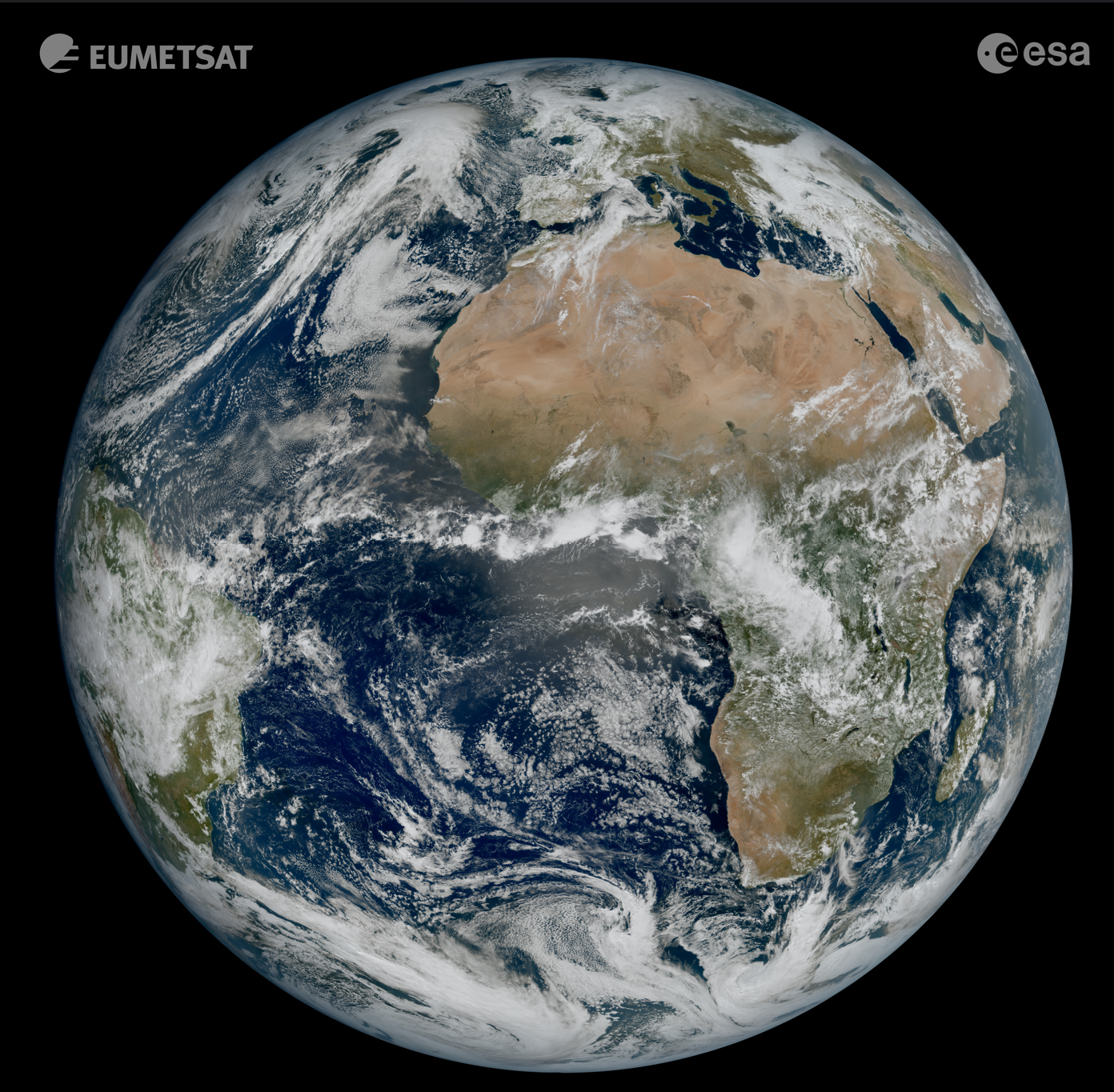Speaker
Description
The number of spacecraft in low Earth orbit has strongly risen in the last years due to a generally increased human exploitation of space and specifically satellite mega-constellations. Besides the well-known problems of on-orbit space debris and ground impacts, this has resulted in a strong increase of the human-made mass ablating in Earth’s atmosphere, hereafter named space waste. An updated space waste input inventory is presented compared to the first comprehensive estimation in Schulz and Glassmeier, 2021 (Advances in Space Research, 2021, 67 (3), 1002-1025). The update includes annual input values for the last years and possible future scenarios regarding expected satellite launch numbers. We report overall injected mass as well as elements not previously analyzed. The presented data can serve as a baseline for modelling efforts and help steer towards the most promising future research. As space waste remnants have already been found in stratospheric aerosol particles (Murphy et al., PNAS, 2023, Vol. 120, No. 43, e2313374120) and concrete pathways of e.g. ozone depletion exist, better knowledge of the whole process chain of atmospheric injection to atmosphere effects is critical.

